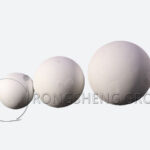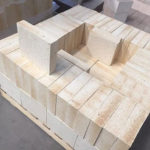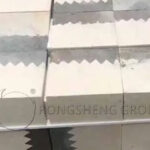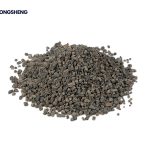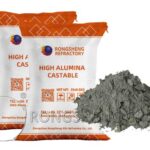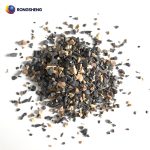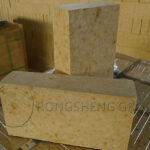The main reason for the industrial use of andalusite is its high temperature resistance. When andalusite is heated to 1350°C under normal pressure, it begins to transform into needle-shaped mullite parallel to the original crystal. Mullite crystal is the only stable form of aluminosilicate under high temperature, and its theoretical conversion rate is 87.64%.
Processing Characteristics of Andalusite
In the process of heating and converting into mullite, andalusite can form a good mullite network and expand in volume by about 4%. This is an irreversible crystal transformation. Once converted, it has higher refractory performance. The refractoriness can reach above 1800℃, and it is resistant to sudden cooling and heating, has high mechanical strength, strong resistance to thermal shock, strong resistance to slag, and high load conversion point. It also has extremely high chemical stability (even insoluble in hydrofluoric acid) and extremely strong resistance to chemical corrosion.
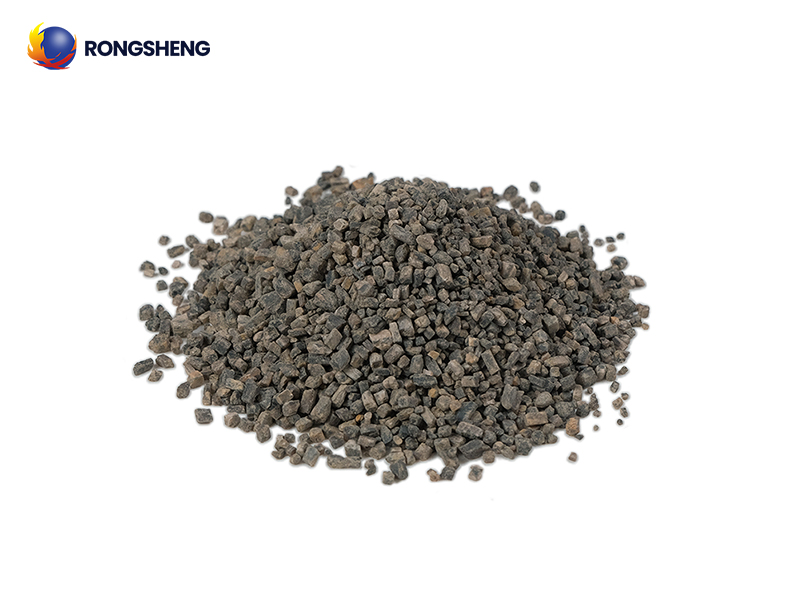
Main Uses of Andalusite
Due to its physical and chemical properties, andalusite is one of the known high-quality refractory materials. In addition to being used as a high-grade refractory material in the smelting industry and a raw material in the technical ceramic industry, it can also be used to smelt high-strength lightweight silicon-aluminum alloys, make metal fibers, and guides for supersonic aircraft and spacecraft. It is reported that foreign countries still use aluminum-rich mullite for coal gasification and the production of radar antenna covers. Some of the well-crystallized and brightly colored ones can also be used to make handicrafts and decorations. Since the 1970s, andalusite has been widely valued by my country’s industrial production, and its application areas are also expanding rapidly. The mullite formed after calcining andalusite has high refractoriness, chemical stability and mechanical strength. Therefore, it is widely used in metallurgy, building materials and other industrial sectors.
Andalusite refractory
This has special benefits for improving metallurgical processes such as high-temperature operation. Amorphous refractory can be used directly without firing, which can save fuel energy, and its volume stability at high temperature has a great impact on its service life. In practice, if the sintering material and plastic are used according to the ratio, it will contain a certain amount of clay and inorganic binder. As a result, the amorphous refractory shrinks during high temperature and cooling, cracks and peeling appear, shortening the service life of the refractory. In order to control and reduce the shrinkage of refractory products under long-term high temperature, if a certain amount of andalusite is added to the ingredients, the above-mentioned shrinkage phenomenon of amorphous materials can be eliminated by using the stable expansion characteristics, and the service life of the material can be extended to five years.
Andalusite refractory bricks
After calcining, andalusite is made into profiles, which can be used in key parts such as hot blast furnaces, hot blast towers, and reheating. It can also be used for various auxiliary casting and operating equipment, and can also be used to make kiln facilities, high-temperature aluminosilicate insulators, and sand casting mold fabrics. Using refractory fiber made of andalusite as furnace lining can save 30-50% energy compared with refractory clay or lightweight brick lining. In addition to reducing fuel consumption and increasing stability, the use of andalusite refractory bricks can also save more than 40% of the consumption of general refractory materials.
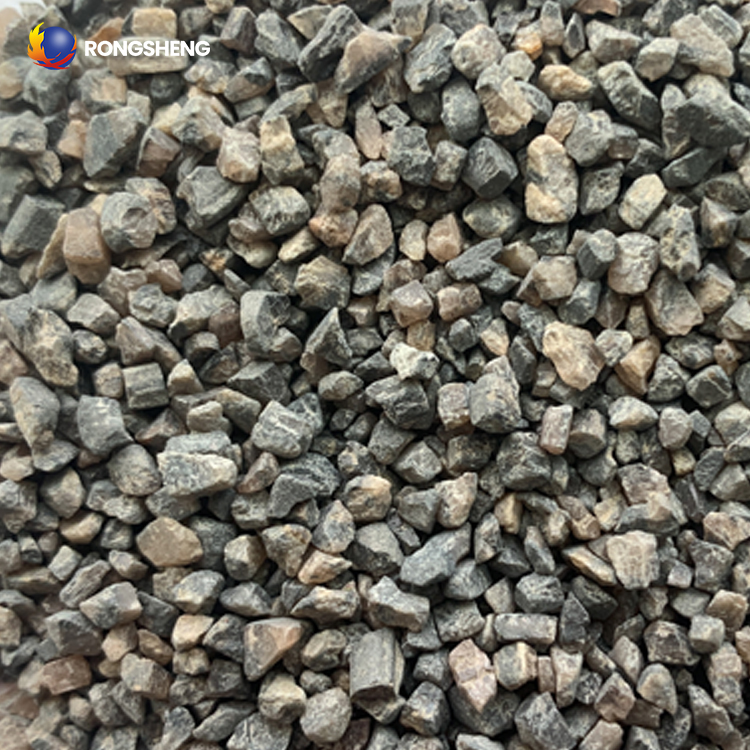
Raw materials for the production of silicon-aluminum alloys, alumina, and aluminum metal
Because andalusite has a high Al2O3 content and a low content of oxide impurities such as iron, titanium and calcium, it can be used to produce silicon-aluminum alloys containing 60% aluminum without alumina, which can simplify the production process and improve production efficiency.
Extraction and Preparation Method of Andalusite
In 1978, the exploration of andalusite was started in China, and the exploration of andalusite beneficiation laboratory was carried out successively. The characteristics of these works are: the composition of the particle size of andalusite concentrate (coarse particles constitute the skeleton and fine particles are fillers) is not considered according to the requirements of refractory products. All of them adopt magnetic separation-flotation. Magnetic separation, gravity separation, flotation, and other combined separation processes. The original ore contains about 10-18% andalusite, and the obtained andalusite concentrate contains about 55-57% Al2O3, and the recovery rate of andalusite minerals is about 60%. The beneficiation equipment used is all domestically produced in the mid-1980s. Abroad, South Africa is the world’s largest producer and exporter of andalusite.
The separation processes used in various parts of South Africa are basically the same, and heavy medium cyclones are used for pre-enrichment in the process. Then, strong magnetic separation is used to check. This is an effective beneficiation method for producing andalusite in South Africa, and it can eventually obtain andalusite concentrate containing Al2O3≥58% and Fe2O3≤0.9%.
French andalusite is finely embedded. First, grind the ore to 1.6mm and use magnetic separation to remove magnetic materials to enrich the andalusite. Then use a heavy medium cyclone for two purifications to obtain andalusite concentrate containing Al2O3 58% and Fe2O3 1.0%.
In 1987, Damricha Company of France first introduced a new flotation method with a pH value of <3.5 and a pulp concentration of 15-30%. Alkyl sulfonate is used as a collector to float out andalusite ore, thereby selecting the highest standard andalusite concentrate – KF grade. Contains Al2O360% and Fe2O30.6%. This method was applied for a European patent in 1989.

